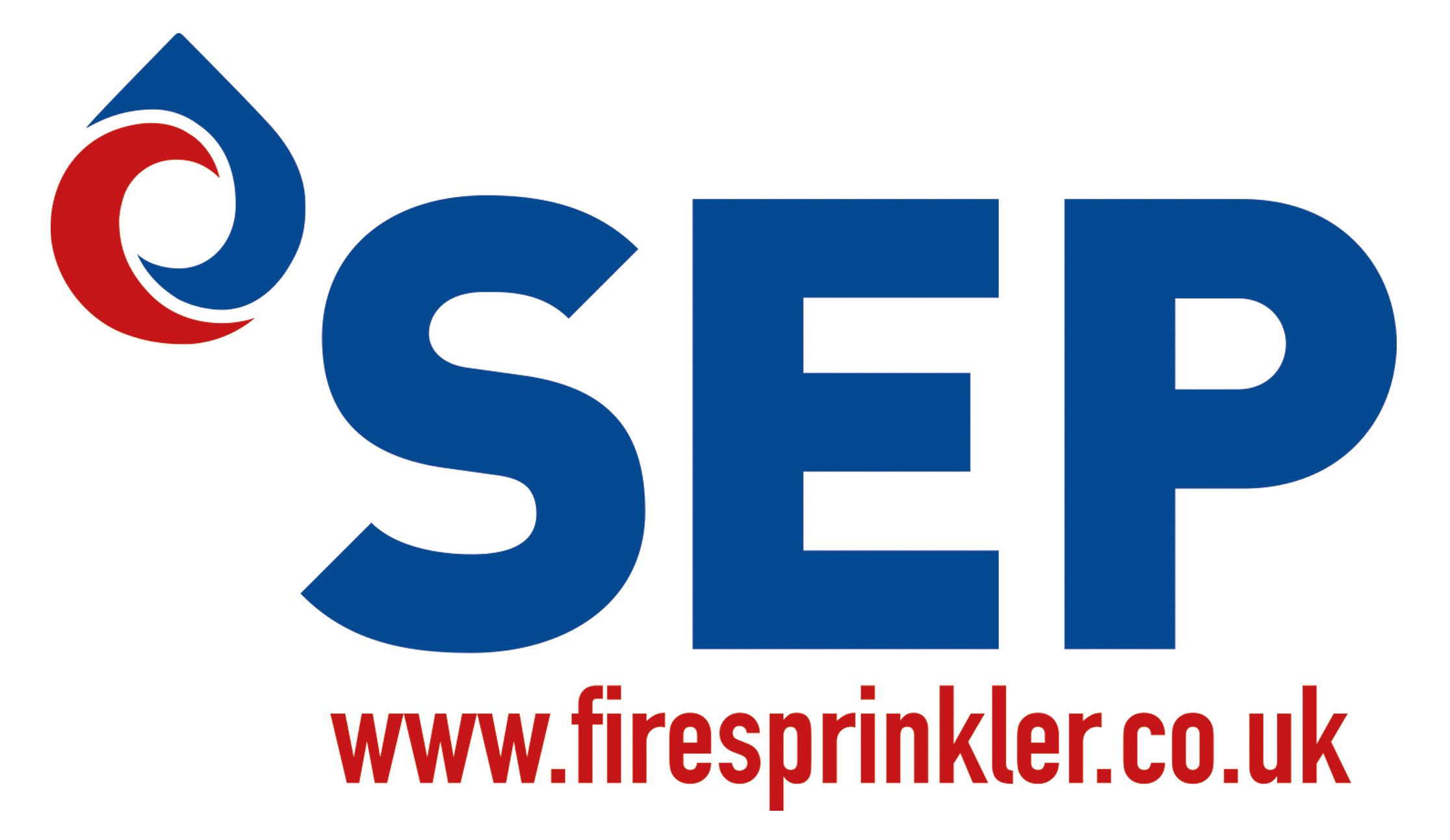Way Guidance is designed to provide direction indicators for when normal lighting fails. They include elements such as luminous tracks, exit signs and route markers to direct you to an exit. Generally they do not need an electrical supply to work and be visible.
Fire Risk Assessment
A Fire Risk Assessment is a detailed look at your offices and buildings together with the activities undertaken there, to asses the likelihood that a fire could start and cause harm to people and property both within your premises and in the surrounding areas.
Water Mist Sprinkler Systems
A mist sprinkler system is a specialist application where the fire being protected against is thought to be best contained by using a heat absorbing mist rather than a water spray. They can often be used in sensitive areas or where the water supply is limited.
Pre-action Sprinkler Systems
A pre-action system is generally for very sensitive areas such as museums or computer data centres where an accidental activation would be extremely undesirable. They can be single or double interlocked and essentially require other fire detection systems (such as a smoke detector) to be triggered in advance of the sprinklers themselves activating.
Deluge Sprinkler Systems
A deluge system is one that has all of the sprinklers connected to water supply open at the same time. The sprinkler heads typically have their heat sensing element removed. These system work where a rapid spread of fire may occur so there is a need for a massive “deluge” of water to fight this.
Wet Pipe Sprinkler Systems
Wet pipe sprinkler systems are the most common form of sprinkler fire protection. They are simple and reliable as they are triggered by the automatics sprinkler heads.
Dry Pipe Sprinkler Systems
Dry pipe sprinkler systems are installed where the ambient temperature of the surroundings is likely to be cold enough to cause water to ice up or freeze totally. Typically cold rooms, garages and warehousing areas such as loading bays. Pressurised air fills the pipes and if a sprinkler head opens the air is released allowing water to enter the system. …
Passive Fire Protection
Passive Fire Protection or PFP is the function of designing a building and its interior to either contain fires or to slow their spread. This is generally achieved by splitting the building into compartments and protecting these with fire-resistant walls, floors, and doors.
Active Fire Protection
Active Fire Protection or AFP refers to items and systems, that require a certain amount of motion and are responsive in order to take protective action, unlike passive fire protection.
Alternative Escape Route
An escape route that is sufficiently separated by either distance or by the building’s fire-resisting construction to ensure that an escape route is still available, wherever the fire is located.
- Page 2 of 2
- 1
- 2
